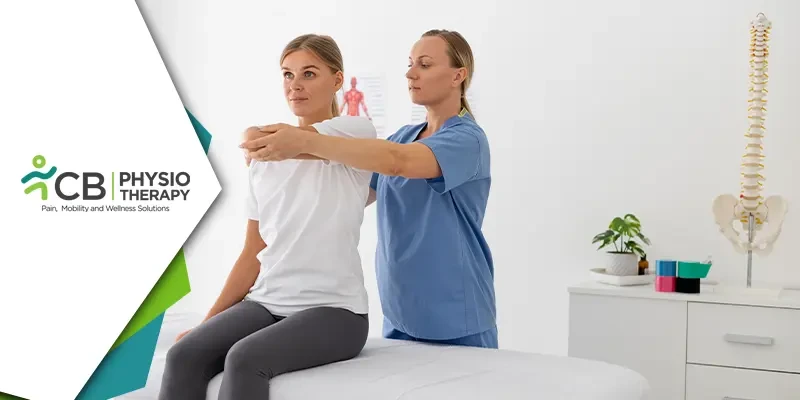Pain can significantly impact our daily lives, limiting our range of motion and hindering our ability to perform even the simplest tasks. When faced with such limitations, manual therapy emerges as a powerful tool for pain management. This holistic approach employs skilled hands-on techniques to alleviate discomfort, improve mobility, and promote overall well-being. In this blog, we will explore the fascinating world of manual therapy and its profound effects on reducing pain and enhancing range of motion.
Manual therapy encompasses various specialized techniques performed by trained professionals, such as physiotherapists, chiropractors, and osteopathic physicians. These practitioners employ their hands and physical manipulation to assess, diagnose, and treat musculoskeletal and neurovascular conditions. By applying precise pressure, mobilization, and stretching, they target specific areas of the body to address pain, inflammation, and restricted movement.
Manual therapy often complements other treatments and interventions. Physiotherapists work in collaboration with other healthcare professionals to provide comprehensive care. This may include incorporating exercises, therapeutic modalities, and patient education on self-care techniques. By combining manual therapy with other treatment modalities, individuals can experience enhanced pain relief and improved range of motion.
Pain Reduction through Manual Therapy
Manual therapy plays a significant role in pain reduction. By targeting specific areas of the body, physiotherapists can alleviate discomfort and promote relaxation. Here's how manual therapy techniques help reduce pain:
- Soft Tissue Mobilization: Through various techniques like massage and myofascial release, physiotherapists manipulate the soft tissues surrounding the affected area. This helps improve blood circulation, reduce muscle tension, and release trigger points, resulting in pain relief.
- Joint Mobilization: Physiotherapists utilize skilled techniques to restore optimal joint mobility. By applying gentle and controlled movements, they alleviate joint stiffness, reduce pain, and enhance the overall functioning of the joint.
- Trigger Point Therapy: Trigger points are hypersensitive areas within muscles that can cause referred pain and restricted movement. Physiotherapists use pressure and manipulation techniques to deactivate these trigger points, providing relief from localized and referred pain.
Enhancing Range of Motion
Restricted range of motion often accompanies pain and injury. Manual therapy techniques effectively address limitations in joint mobility and muscular flexibility. Here's how manual therapy helps improve range of motion:
- Stretching and Muscle Energy Techniques: Physiotherapists employ stretching techniques to elongate muscles, reduce muscle tension, and increase flexibility. Additionally, muscle energy techniques involve activating specific muscles against resistance to improve muscle length and joint range of motion.
- Joint Mobilization and Manipulation: By applying precise forces to joints, physiotherapists restore normal joint mechanics and improve joint mobility. This, in turn, enhances the range of motion and facilitates pain-free movement.
- Release of Scar Tissue and Adhesions: Following injuries or surgeries, scar tissue can form and restrict movement. Manual therapy techniques, such as soft tissue mobilization and myofascial release, can break down scar tissue and adhesions, allowing for improved joint mobility and flexibility.
The Role of Manual Therapy in Rehabilitation
Manual therapy is widely used in rehabilitation settings to aid recovery from injuries or surgeries. By reducing pain and enhancing the range of motion, manual therapy accelerates the healing process and promotes functional restoration. In conjunction with other therapeutic interventions, such as exercise and electrotherapy, manual therapy helps patients regain strength, flexibility, and motor control. This integrated approach enables individuals to return to their normal activities more quickly and with greater confidence.
One of the key strengths of manual therapy is its holistic nature. In addition to focusing on the physical aspects of pain management, physiotherapists consider the interconnectedness of the body and its systems. They take into account factors like posture, biomechanics, and emotional well-being. By addressing the body as a whole, manual therapy aims to promote overall health and prevent future pain and dysfunction.
Manual therapy stands as a powerful and effective approach to decreasing pain and increasing range of motion. With its ability to alleviate discomfort, enhance mobility, and promote overall well-being, manual therapy has become an invaluable tool in the field of pain management. By seeking the expertise of a trained physiotherapist, individuals can experience first-hand the transformative benefits of this hands-on approach, regaining control of their bodies and embracing a pain-free, active lifestyle.

